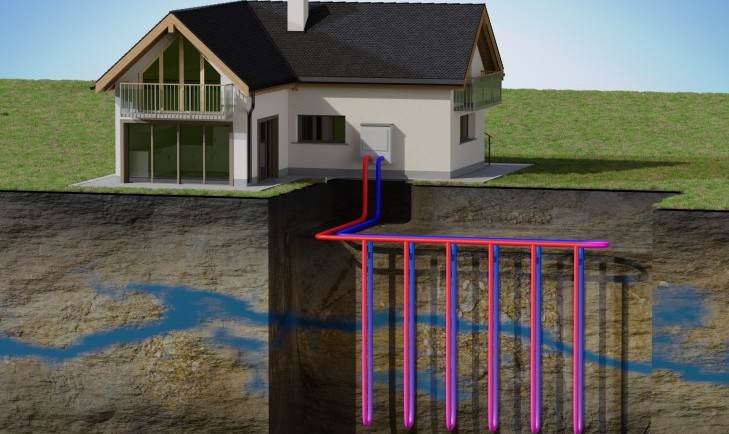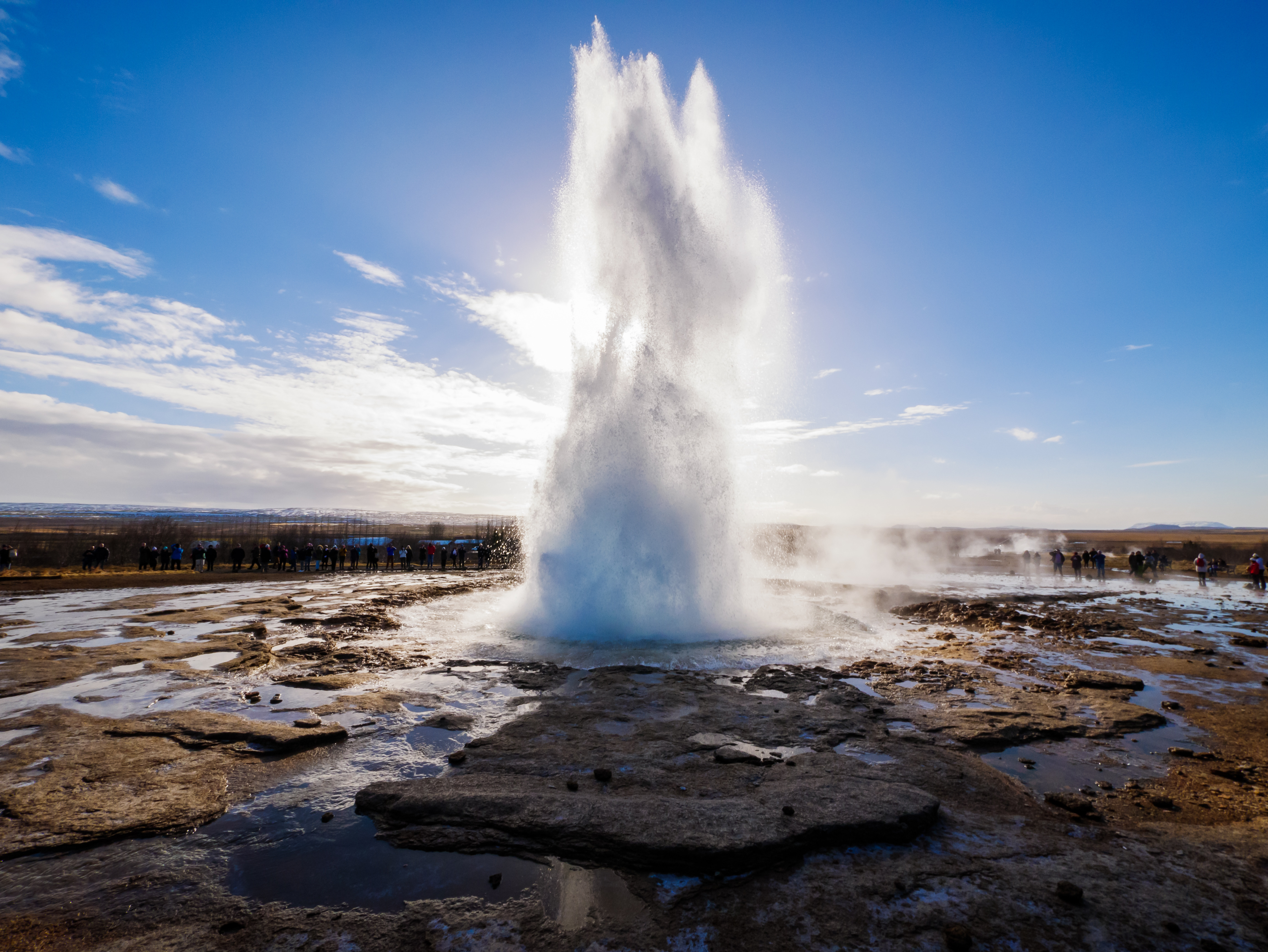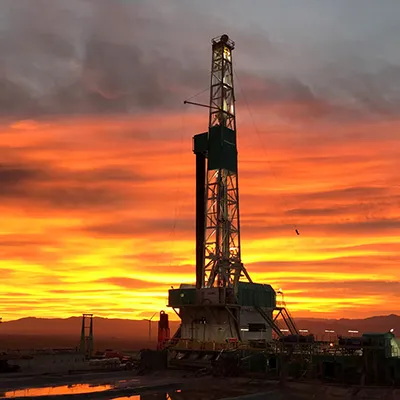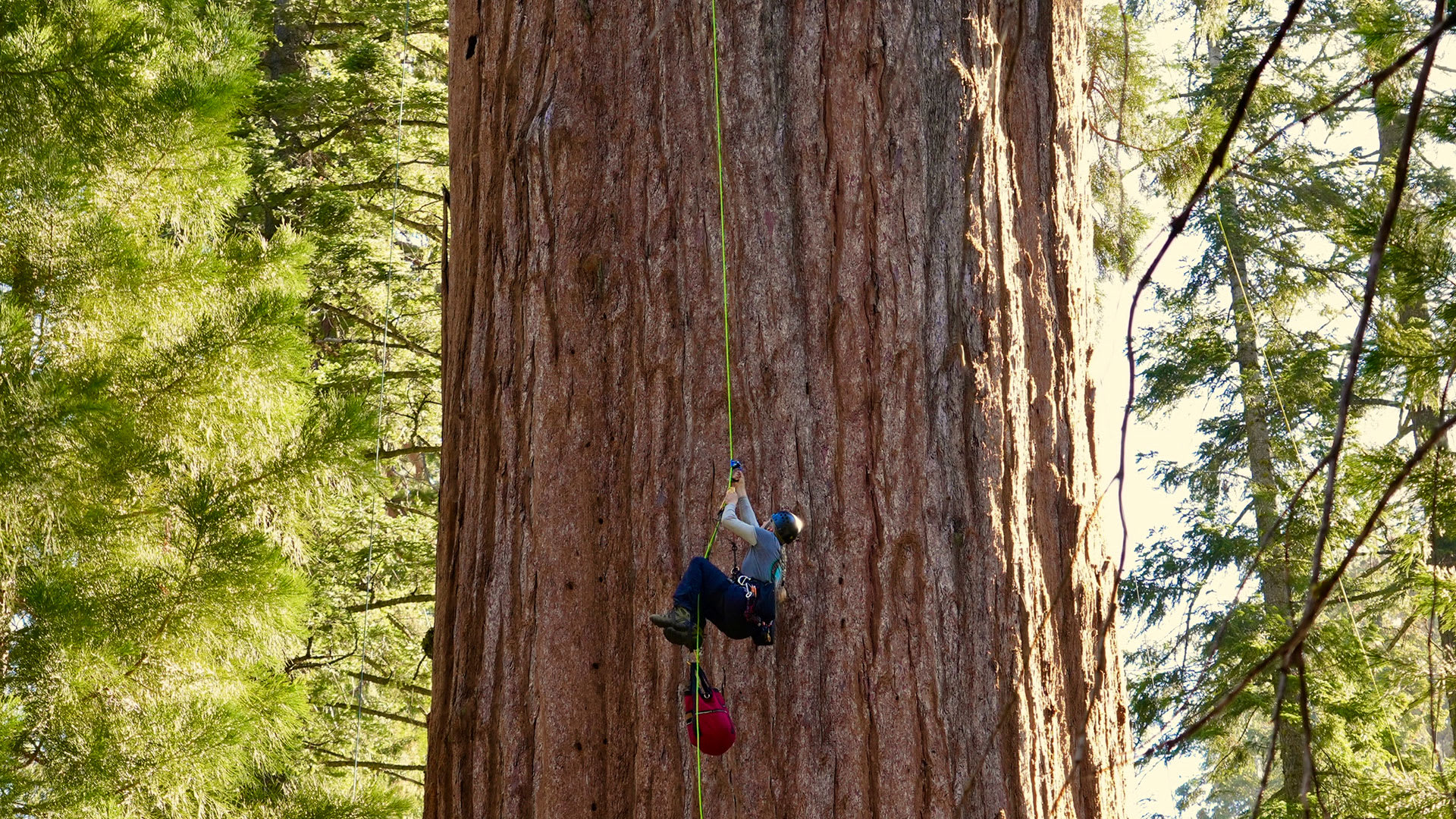05/30/24
Best of the West: Geothermal projects heat up; a new search and rescue tool; protecting Pacific marten; replacing lead pipes; powering the Choctaw Nation; and climbing the world’s tallest tree

The Western Governors' Association keeps you updated on the latest news in the West. Here are the top stories for the week starting May 27, 2024. (Photos courtesy of Adobe Stock Images, Utah FORGE, and Terry Chea, AP Photo).
A report from the U.S. Department of Energy found that geothermal power has the potential to expand 20 times over in the U.S. by 2050, while also providing job opportunities that number in the hundreds of thousands, especially for current oil and gas workers.
Though geothermal energy only provides a fraction of the country’s electricity -- just 0.4 percent -- the majority of geothermal energy is produced in western states. California alone accounts for 69.5% of the geothermal electricity in the country, with Nevada, Utah, Hawaii, and Oregon rounding out the top five.
Colorado Governor Jared Polis followed up his 2023 WGA Chair initiative, The Heat Beneath Our Feet, which focused on geothermal energy, with a recent announcement that the state will be award $7.7 million for geothermal energy projects. The initiative will support 35 projects to install geothermal heat pumps, develop interconnected geothermal systems between buildings, and research and test potential geothermal resources.
Projects include $270,000 for the installation of geothermal heat pumps in three new net-zero fire stations in Pueblo, Colorado, as well as a $100,000 grant for a rural Colorado community to assess the feasibility of using inactive oil wells as a direct heat source.
Check out WGA’s Out West Podcast on the potential for repurposing oil and gas wells for geothermal energy production to learn more about this exciting opportunity.
Geothermal energy is set to take off in other states across the West as well, particularly in Nevada, where close to 10 percent of the state’s electricity generation comes from geothermal sources.
across the West as well, particularly in Nevada, where close to 10 percent of the state’s electricity generation comes from geothermal sources.
A recent partnership between Google and Fervo Energy brought the nation’s first enhanced geothermal plant online in 2023. The plant, known as Project Red, uses drilling techniques that reach deeper than most geothermal wells in order to tap the vast reserves of heat found more than a mile below the earth's surface. Project Red is now providing carbon-free power to the grid in Nevada, where Google operates some of its massive data centers.
Fervo also recently broke ground on another enhanced geothermal project in western Utah, this one with the capacity to become the world’s largest geothermal plant using next-generation technologies. The Cape Station project is expected to produce as much as 400 megawatts of energy when it reaches full-scale production in 2028.
The Cape Station project recently joined two other projects in western states that will receive up to $60 million from the U.S. Department of Energy to demonstrate the efficiency and scalability of enhanced geothermal systems.
One project from Chevron New Energies will use innovative drilling techniques to access geothermal resources in northern California. The other will demonstrate a first-of-its-kind high temperature enhanced geothermal technique on the flanks of the Newberry Volcano in Oregon. The Oregon project will help advance the science needed to operate geothermal systems in extreme heat conditions.
Near the site of Fervo Energy’s Cape Station Project in western Utah, the U.S. Department of Energy and the University of Utah have developed an international field laboratory designed to develop and test strategies and techniques for enhanced geothermal development. The underground laboratory, known as Utah FORGE, is leading much of the country’s research into geothermal development.
development. The underground laboratory, known as Utah FORGE, is leading much of the country’s research into geothermal development.
Check out the 2023 Heat Beneath Our Feet initiative report from Governor Jared Polis to read more about Western Governors’ work on developing carbon-free, around-the-clock geothermal energy in the West.
You can also listen to Governor Polis talking about geothermal energy and reflecting on his 2023 Chair initiative on WGA’s Out West Podcast.
Improving search and rescue: A new tool is being tested in Colorado that could help search-and-rescue teams locate missing people within minutes. The technology, known as Lifeseeker, attaches to the outside of a helicopter and allows rescue teams to pinpoint the location of any cellphone within a 3-mile radius of the device. In a recent test flight in La Plata Canyon near Durango, Colorado, search crews were able to find the two people they were looking for within two minutes and fourteen seconds. In rugged terrain like La Plata Canyon and many other areas of the West, search and rescue efforts can sometimes take days or even weeks. Rescue crews hope new technology like Lifeseeker can make rescues quicker and more efficient.
Pacific marten habitat: The U.S. Fish and Wildlife Service recently designated a 1.2-million-acre critical habitat for the threatened Pacific marten in parts of California and Oregon. The Pacific marten was listed as a threatened species in 2020, and it currently exists in only four populations of fewer than 100 individuals each. The cat-sized mammal in the weasel family has lost over 90% of its historical range, and the designation of a critical habitat will ensure that the area is not modified in ways that threaten the species.
Lead pipe replacements: The U.S. Environmental Protection Agency (EPA) has announced the rollout of $3 billion in funding to identify and replace lead pipes in every U.S. state and territory. States in the West will receive between $28.6 and $32.8 million for lead pipe replacement projects. The funding comes as part of a $15 billion federal investment to identify and replace lead service lines across the country. So far, $9 billion in projects have been announced.
Choctaw energy upgrades: The Choctaw Nation in Oklahoma will receive $5 million from the U.S. Department of Energy to build battery storage systems and improve energy efficiency. The program will install battery storage systems that create a microgrid, providing reliable power for a health clinic, a child development center, and a food distribution center. The funding will also go to efficiency upgrades, including new or updated HVAC systems and water heaters. The improvements are expected to save $140,000 every year in electricity costs.
EPA brownfields cleanup: The EPA is doling out $300 million for brownfield cleanup projects, which will revitalize contaminated sites like former industrial plants, gas stations, or textile mills. The $300 million in grants will be divided among more than 200 communities, which will revive formerly dangerous and contaminated sites. Notable projects across the West include a $2 million cleanup in Alaska, a $1.5 million project in Kansas, and two half-million-dollar projects in Utah.
Climbing the General Sherman tree: The largest tree in the world, a 2,200-year-old Giant Sequoia in California, was recetnly climbed for the first time by a research team. Known as the General Sherman tree, the 275-foot Sequoia was being inspected for signs of bark beetles, which have emerged as a threat to Giant Sequoias in recent years. Bark beetles are native to California, and they have coexisted with Sequoias for thousands of years. However , researchers believe that a combination of drought and fire have weakened some trees to the point where bark beetles have been able to kill as many as 40 Giant Sequoias.
, researchers believe that a combination of drought and fire have weakened some trees to the point where bark beetles have been able to kill as many as 40 Giant Sequoias.
The recent health check was organized by the Giant Sequoias Land Coalition, which is a group of government agencies, native tribes, and environmental groups. After inspecting the canopy and branches for signs of damaging beetle activity, researchers determined that the tree is healthy and capable of fending off beetle activity.